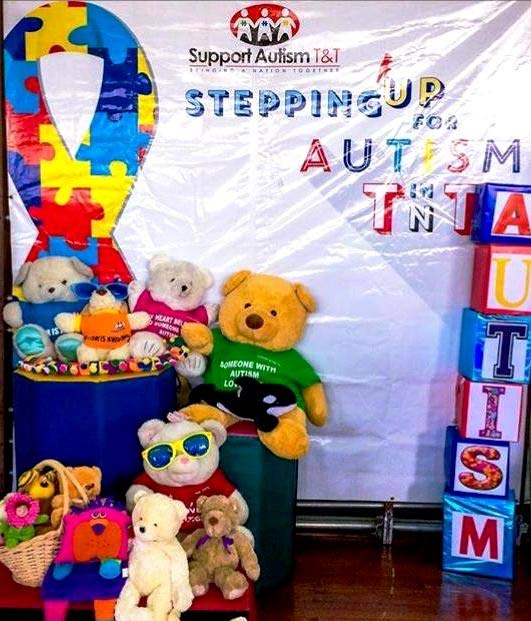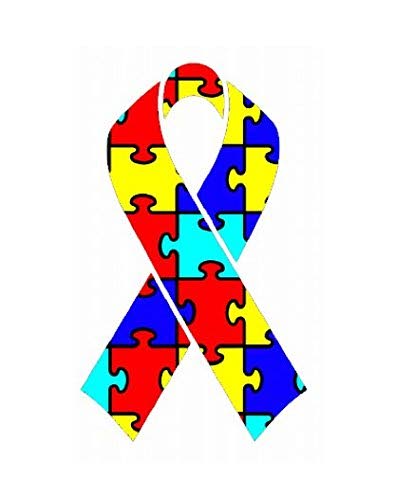Autism misconceptions

DR RADICA MAHASE
ON MONDAY, Trinidad and Tobago celebrated World Autism Awareness Day. April 2 was designated as World Autism Awareness Day by the UN General Assembly on December 18, 2007.
In passing this resolution, the UN General Assembly recalled the Convention on the Rights of the Child and the Convention on the Rights of Persons with Disabilities which stated that “children with disabilities should enjoy a full and decent life, in conditions which ensure dignity, promote self-reliance and facilitate the child’s active participation in the community, as well as the full enjoyment of all human rights and fundamental freedoms on an equal basis with other children.”
This designation recognises the “prevalence and high rate of autism in children throughout the world and the consequent development challenges to long-term healthcare, education, training and intervention programmes undertaken by governments.”
This year’s theme, “Empowering Women and Girls with Autism,” is further acknowledgement that “women and girls with disabilities experience gender-based violence at disproportionately higher rates and in unique forms owing to discrimination and stigma based on both gender and disability.”
In commemoration of World Autism Awareness Day 2108, I want to clarify some of the misconceptions about autism which exist in our society:
People with autism are “retarded” – The word retarded is such a distasteful one when used to describe anyone. Unfortunately, many people in our society believe that people with autism are “stupid,” “dumb” and “slow.” On the other hand, in cases where people with autism are distinguished artists, musicians etc there is a tendency to glorify autism. No one with autism is “retarded” and not everyone with autism is a genius.
Someone with autism cannot learn – Every single individual has the potential to learn in some form at whatever level. If we think about autism as simply a different ability and we teach those with autism in an engaging manner they will learn at their own pace. The problem is not that they cannot learn but it is in fact the way that we teach them.
People with autism will always be the way they are – While autism is a lifelong condition, individuals with autism can develop intellectually and learn communication and social skills at their own pace, once they are given the correct tools such as education and therapy.
People with autism do not have feelings – Sadly, many individuals believe that people with autism do not have feelings and they can speak about them, in front of them, and they will not understand. Many also stare at children/adults with autism. Everyone has feelings including people with autism, who are in fact often very sensitive to what is being said to them, the tone in which it is said, the stares etc. Like everyone else, they need to be treated with understanding and respect.
A meltdown is just a child misbehaving – A meltdown is a complete lack of social and behavioural control due to over-stimulus. Children with autism may be sensitive to noise, light, crowded spaces, change in routines etc and over-stimulation can lead to meltdowns. They are not misbehaving and they are not throwing a tantrum! They are not hardened and you cannot “give dem some good licks and make them stop.” Many parents/caregivers have specific strategies to help their child deal with a meltdown and these may include giving the child some quiet space.
The child/adult looks “normal” so nothing is wrong with him/her – There is the general idea in our society that if a person does not look “like something is wrong with him” then there is no reason for that person to act any differently from others.
Autism is often referred to an invisible disability because there are no general distinguishing marks such as physical challenges, facial features etc. Since the person looks “normal” many people have a hard time understanding that the differences are in the person’s mental development and communication and social skills.
Blue is the colour of autism – The autism ribbon is made up of various puzzle pieces which are multi-coloured – red, yellow, light blue and dark blue. The colour blue has been promoted by Autism Speaks, one of the largest NGOs in the USA, through its “Light it up Blue” campaign. Unfortunately, many people have simple adopted this. The multi-coloured Autism Awareness Ribbon reflects the complexity of autism and the various different colours and shapes represent the diversity of people living with autism.
For those living with autism, the disability doesn’t disappear after April so let’s make a genuine attempt to understand, accept and include those with autism every day of the year.
Dr Radica Mahase is the founder/director of Support Autism T&T



Comments
"Autism misconceptions"